Changing tire size

One of the first things we think about, when we want to improve the performance of our bike, is to change the tire size, usually for a wider one.
It is also common to do it for aesthetics. Wider tires always make a bike good looking, isn’t it?
Right after, the next thing is to think about what measures that can be installed. Will any tire fit?

First limitation: rim size
The first limitation you will find is the tire width. Usually, the rim width throat size is offered in inches, and each size only admits certain tire sizes.
What’s the cause?
Simple: to avoid deforming the tire as a mushroom.
If it becomes deformed, the contact patch of the tire with the ground is not optimal and both grip and stability problems may occur.

So, depending on the rim you have, you will be able to mount a limited amount of tire sizes.
Click here to see an application table of tire sizes based on the diameter and width of your rim.
2nd limitation: Technical Inspectio Station limits
In you live in Europe, tire size is regulated by the motorcycle technical card (or Certificate of Conformity in some countries).
And in the Technical Inspection Stations, where applicable, it’s checked.
A margin of error of +/- 3% of the outer diameter of the tire is allowed, so you can move within this margin and opt for an alternative.
Keep in mind that manufacturers allows a 5% of margin on tire diameter for ABS or Traction Control systems (for tire wear and different real sizes between tire manufacturers).
To do so, you must calculate, according to the size shown on the flank of your tire, the diameter of the same.

Let’s see an example:
Tire size 120/70-17
Calculations are done as follows:
Multiply the diameter of the rim (17 in this case), by 25.4 (to convert it to mm instead of inches).
17*25,4 = 431,80mm
Now let’s calculate the height of the tire flank.
To do this, multiply the width of the tire (120 in this case) by the flank height (this being a % of the width, so you must take out the percentage).
120*0,70= 84mm
As long as we want the diameter, we multiply the flank by two:
84*2=168mm
Now we can add the rim diameter to get the tire diameter:
431,80+168=599,80mm
If we look for the limits of +/-3%, we can move between 582.33mm and 617.79mm.
Okay, now imagine you want to ride a 120/65-17.
You must do the same calculations. For short, the outer diameter is 587.80mm
So, in this case, YES you could change the measurement of this tire.
To make your life easier, we have prepared a calculator so that you can make all the combinations you want in a quick and simple way. Download it for free.

What if I change the rim?
Of course, it’s an option.
You can use a wider tire (change, for example, from 5.5 inches to a 6.0 inches rear rim) and use a 200 size tire on a motorcycle with a 180 size of origin.
But there are also limitations.
The first is that the wheel width does not interfere with other parts of the bike, such as the fender, the swingarm, the drive chain…
The second is, again, the Technical Station.
To make this change, you will have to have it previoulsy approved through a specialized engineer, which is not cheap.
In short
If you need to change the size of your tires for looking for performance or because the actual sizesare discontinued, go ahead!
If it is for an aesthetic issue … beware of excesses!



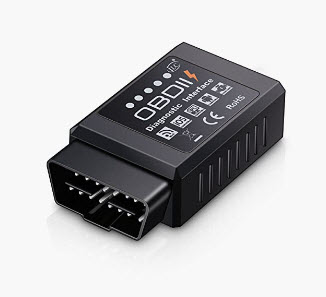
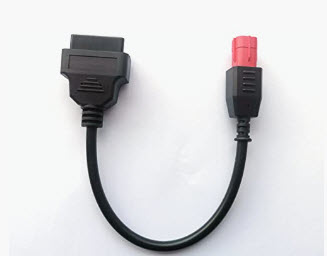
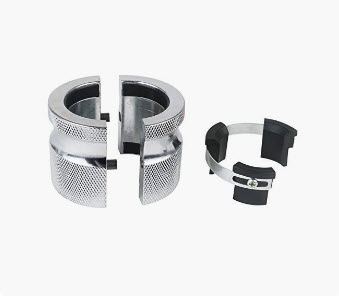

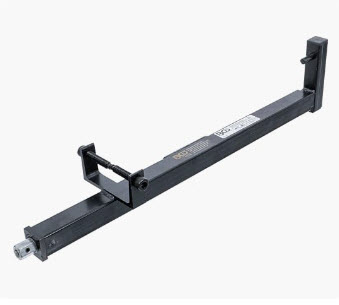
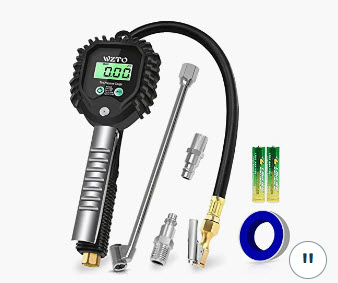
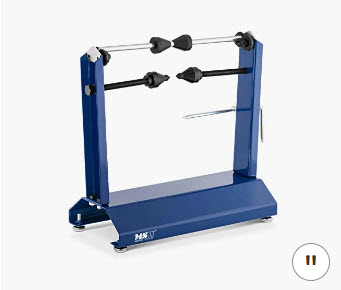
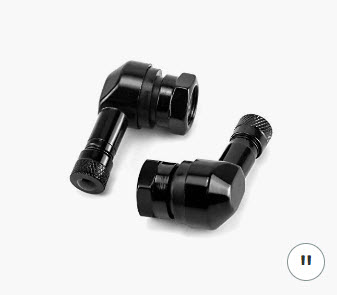



One Response
THANK YOU FOR THIS!